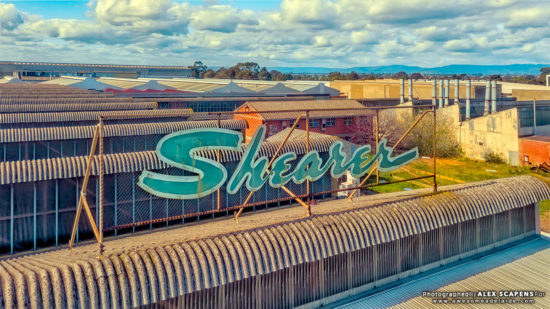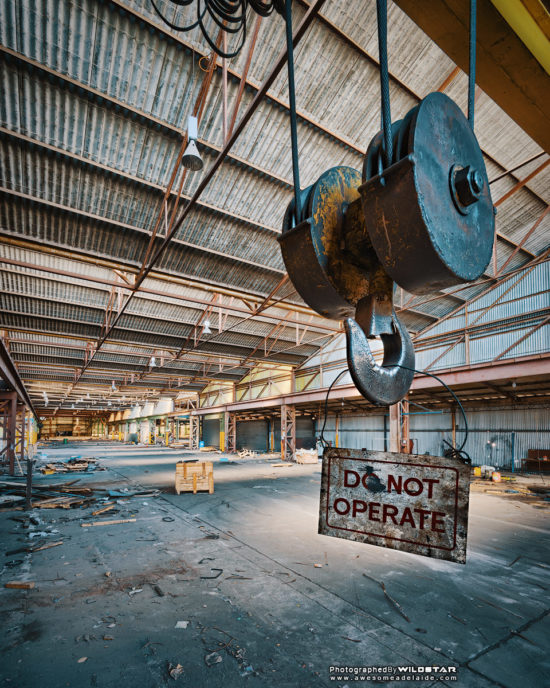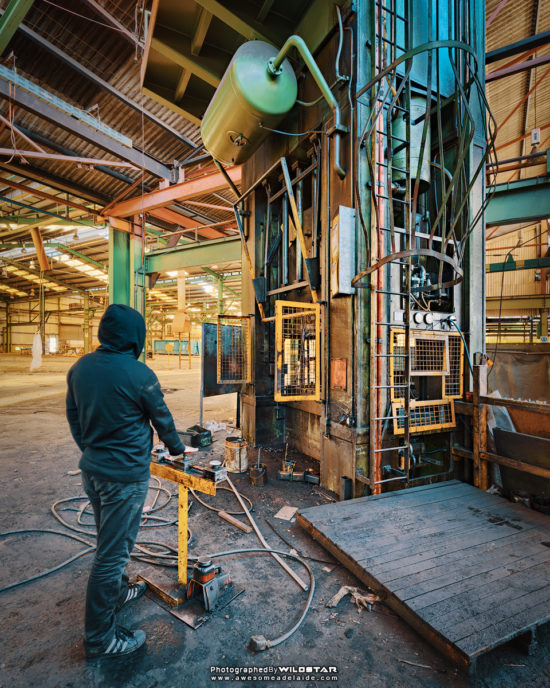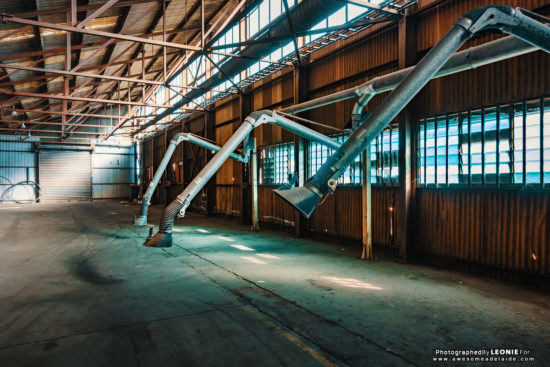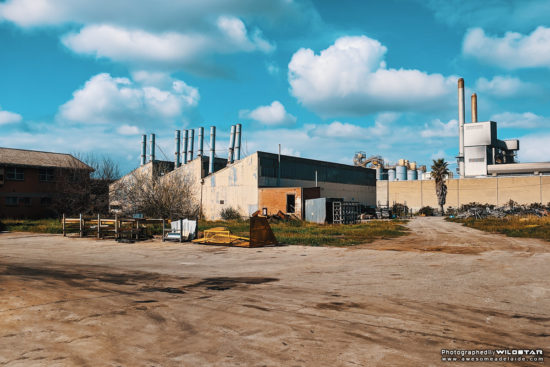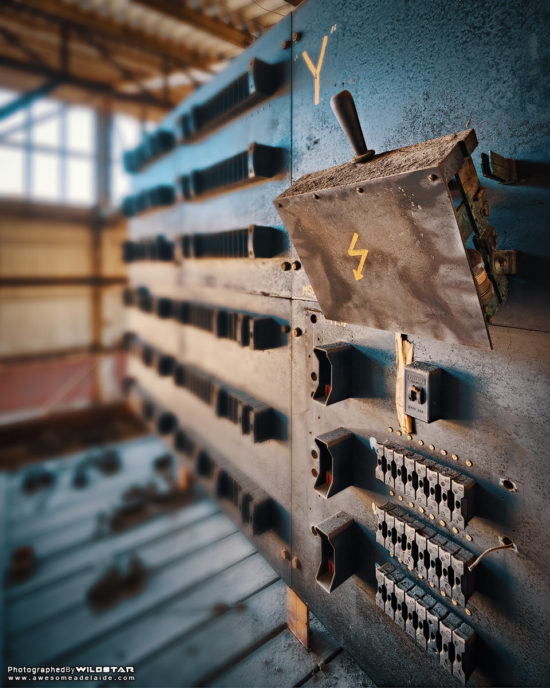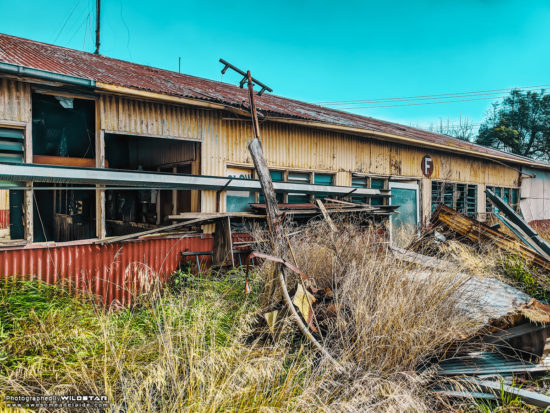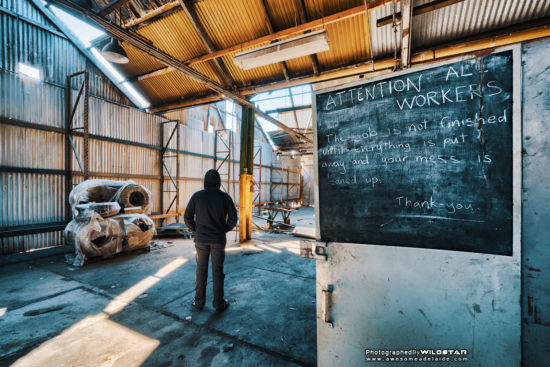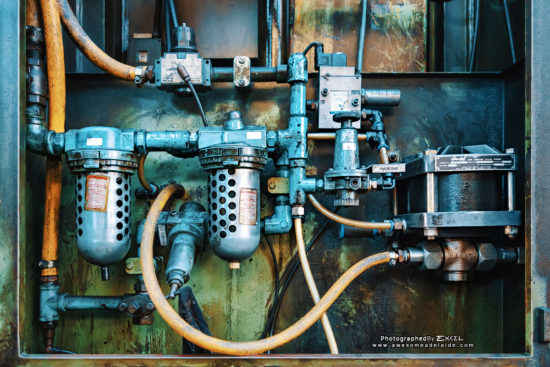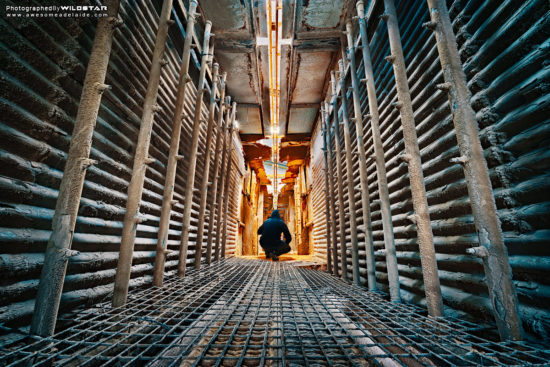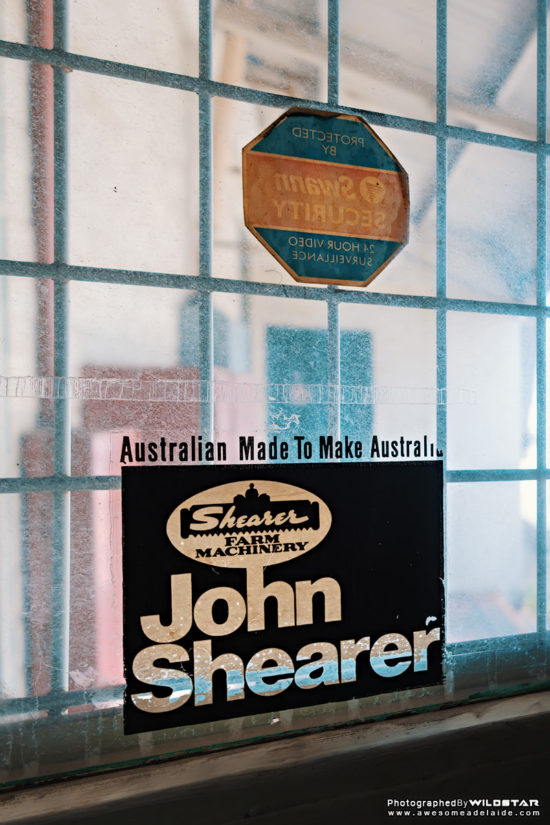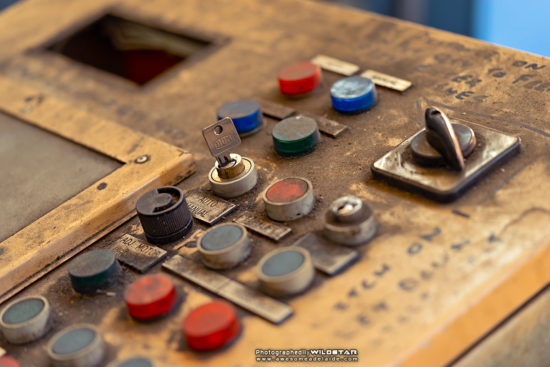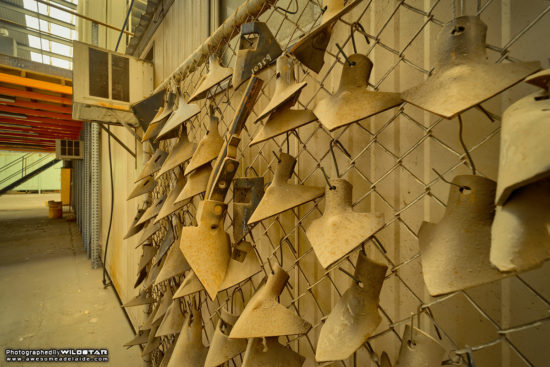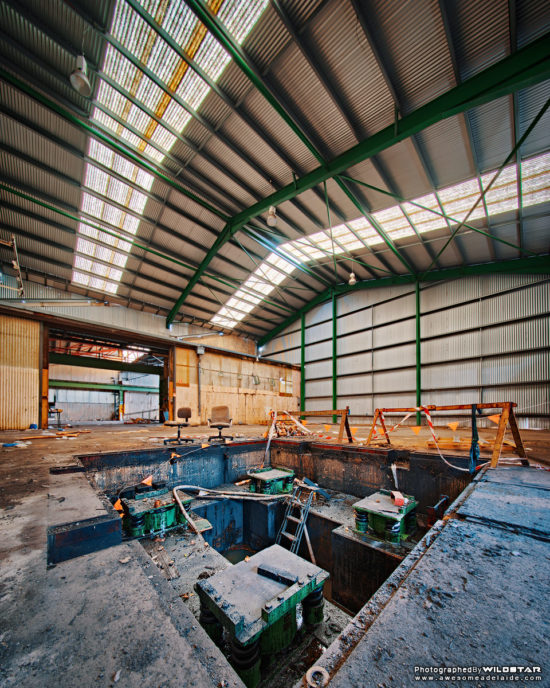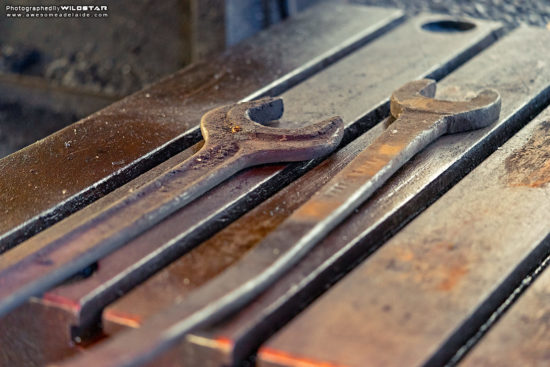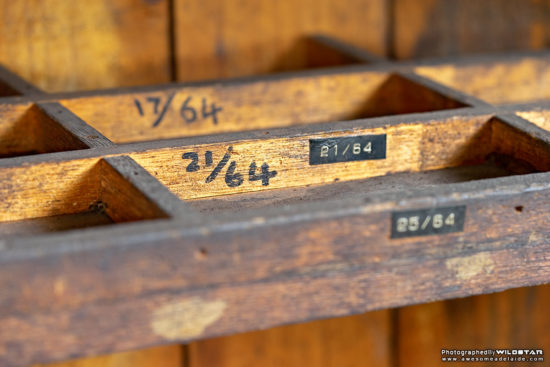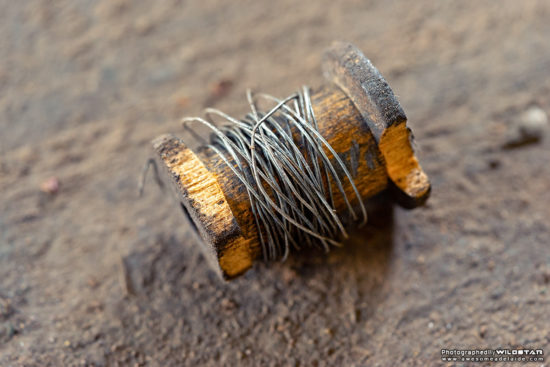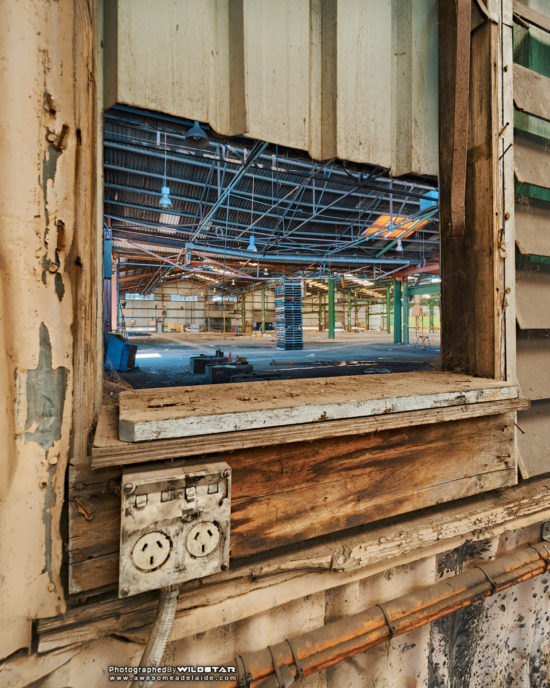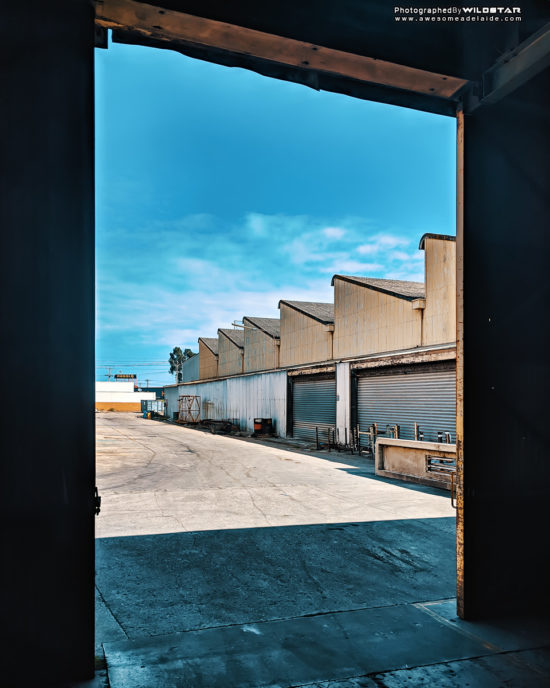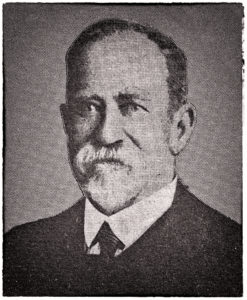
John Shearer
John was born in the Orkney Isles on the 9th September, 1845, and came to Australia in 1852 at the tender age of seven. At the age of 33 he started business at Mannum in South Australia doing general blacksmith repairs to paddle steamers and farmer’s implements.
He had a keen, inventive mind.
At the time, market farmers in South Australia had been confronted with a serous problem. Owing to the nature of rough timbered and stony land, the ploughshares in use at the time were prone to wear out quickly.
The problem of producing a ploughshare more adapted to the conditions in this part of the world was tackled by Shearer.
In 1888 John invented a Wrought-Steel Plough Share, which he patented throughout Australasia. It was a major improvement over the brittle cast-iron shares in use at the time. This enabled farmers to prepare and cultivate land which had until now been impossible to do with traditional cast iron ploughshares.
It made John Shearers’ a household name throughout pioneering Australia.
In 1897 he visited the Meadows Steel Co. in England to consult with them about the production of a highly resilient steel— known as Resilflex. The new steel ‘became the backbone of all future Shearer implements’ and led to the production of farm equipment of unequaled quality and strength throughout Australia. His innovative machinery revolutionised farming.
Shearers’ 12-Acre Factory at Kilkenny
To escape the heavy transport costs from Mannum to Adelaide, the firm opened a branch at Kilkenny in 1904. It was ran by John and his three sons.
The factory started with twelve men who produced three ploughs a week.
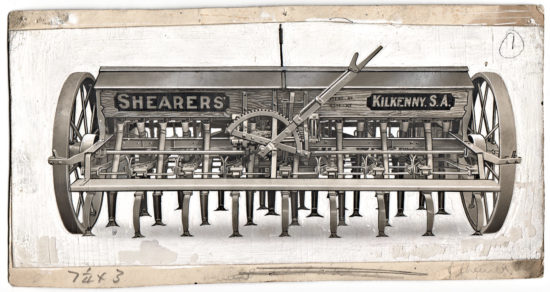
World War Two
During World War 2, Shearers’ received what was, at that time, the largest single order of farming machinery EVER given to any company throughout the World.
The order came from the British Government and was given top priority. The machinery was used to boost food production for the millions of British people engaged in the war effort.
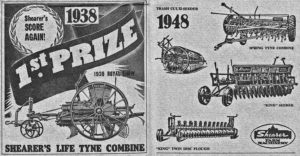
More Farming Inventions
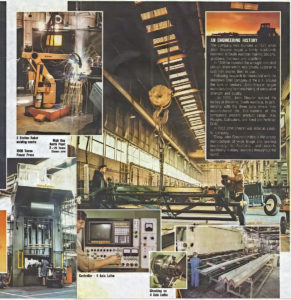
The works at Kilkenny continued to grow and under the management of Johns’ sons and grandsons, greatly increased output. In addition to ploughs and cultivators, the company invented many new farming inventions including the Majestic Disc Plough, the Trash Culti-Seeder, Band Seeder, Rabbit Ripper, Buffel Grass Planting Machine and the Two Tow Pull.
The Mighty Majestic
The Majestic Plough, hailed by many agriculturalists as the strongest plough in the World, has been used to cultivate hundreds of thousands of acres both in Australia and overseas.
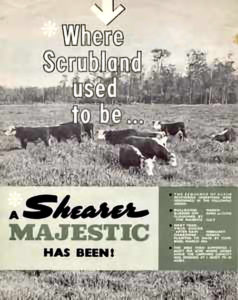
The plough has been used extensively in Government schemes such as the Tipperary Downs Sorghum Project in the Northern Territory, the Heytesbury Land Development Scheme in Victoria and the Ninety Mile Desert Project in South Australia.
A Great Australian Company
John Shearer working 60 hours a week started and built a great Australian company. From humble beginnings, the small workshop at Kilkenny grew into a vast 12-acre engineering complex that revolutionised farming throughout the World.
John Shearer died on 9 August 1932 at his Kilkenny home, survived by his wife, four daughters and three sons who carried on the business. He was laid to rest in the Mitcham General Cemetery in the foothills of southern Adelaide.




